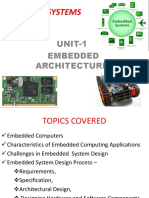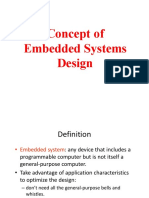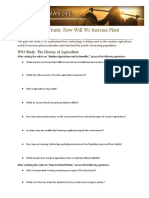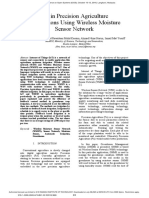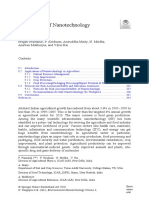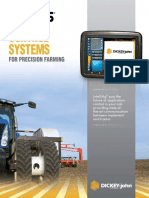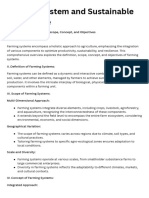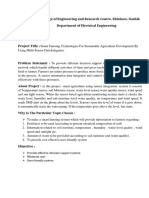0% found this document useful (0 votes)
16 views23 pagesUnit V Applications Development
The document outlines the complete design process of embedded systems and the development of IoT applications, emphasizing the importance of requirements gathering, architecture design, and system integration. It details various applications such as home automation, smart agriculture, smart cities, and smart healthcare, highlighting key technologies and functionalities. Additionally, it discusses design metrics, user interface design, and the role of cloud technology, hardware, network, and software in IoT applications.
Uploaded by
Hariprajaa BalakrishnanCopyright
© © All Rights Reserved
We take content rights seriously. If you suspect this is your content, claim it here.
Available Formats
Download as PDF, TXT or read online on Scribd
0% found this document useful (0 votes)
16 views23 pagesUnit V Applications Development
The document outlines the complete design process of embedded systems and the development of IoT applications, emphasizing the importance of requirements gathering, architecture design, and system integration. It details various applications such as home automation, smart agriculture, smart cities, and smart healthcare, highlighting key technologies and functionalities. Additionally, it discusses design metrics, user interface design, and the role of cloud technology, hardware, network, and software in IoT applications.
Uploaded by
Hariprajaa BalakrishnanCopyright
© © All Rights Reserved
We take content rights seriously. If you suspect this is your content, claim it here.
Available Formats
Download as PDF, TXT or read online on Scribd
/ 23























